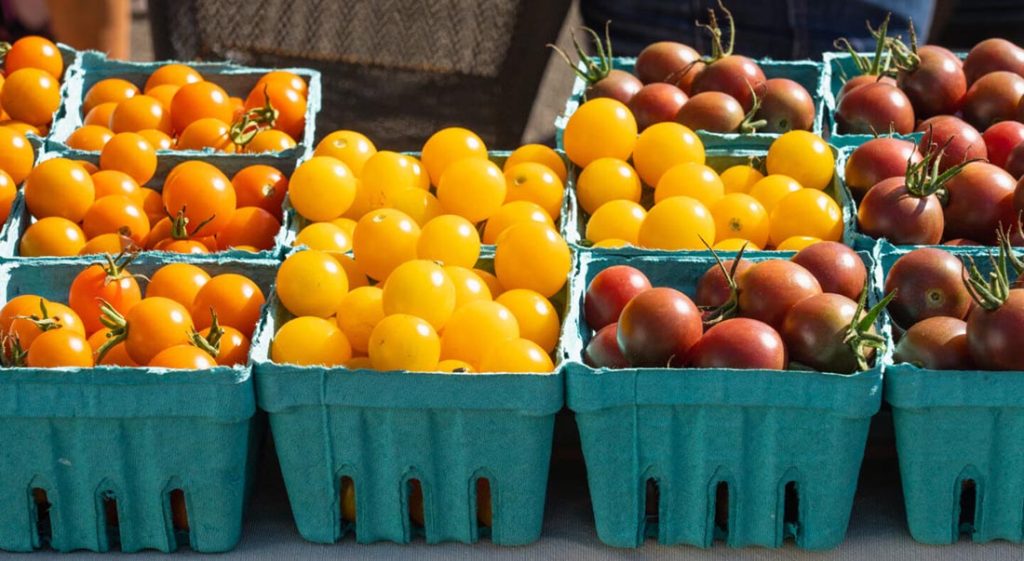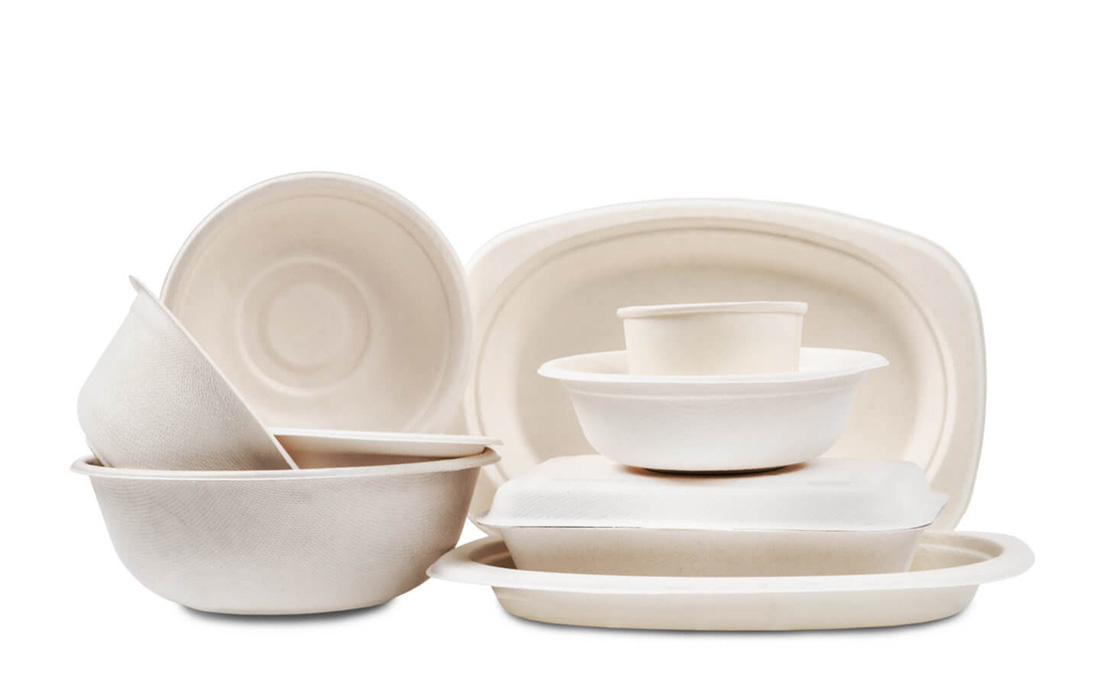Plastic packaging materials have been essential to all product areas for decades. These materials offer a broad range flexibility, excellent barrier properties and durability. However, legislative focus on single-use plastics and microplastics has begun to change the market’s perception of these longstanding materials. As a result, there are two main requirements the market is demanding: Recyclability and materials that are plastic-free. Recycling is the standard approach for plastics, however not as readily developed or utilized as that of natural fibers in papers and cardboard/packaging, which have a widespread global infrastructure.
Fiber packaging is constructed with renewable, reusable or biodegradable materials. Applications are primary to construction, chemical, and the food and beverage industries. Fiber packaging can be made from different cellulosic materials. Often these include recycled content from cardboard or newsprint. Other natural fiber such as wood pulp, bamboo, etc. are also utilized and are eco-friendly. There are different manufacturing processes depending on the fiber source but most have pulping of the raw materials and a molding process.
Benefits of fiber packing
Natural fiber packaging has a number of benefits aside from being customizable to any shape. The three most notable benefits are biodegradability, compostability and the fact they can be made from renewable resources. Natural fibers naturally degrade over time, depending on moisture and heat within the environment. Additionally, composting provides a controlled biodegradation process and the output is materials for enriching and improving soil. Lastly, natural fiber packaging is made from a renewable resource. These benefits can be mitigated if the barrier does not also have a comparable eco-profile and is not recyclable or biodegradable. As an example, perfluoroalkyl and polyfluoroalkyl substances (PFAS) are chemistries used in fiber packaging that are outside of a bio-friendly profile. Conversely, silicon dioxide (SiOx) coatings provide excellent barrier properties due to SiOx mineral profile it is an eco-friendly alternative.

Fiber packaging now and going forward
Because molded fiber packaging can be formed to fit a specific product, many different industries utilize molded fiber packaging for protection in shipping. Consumer goods utilize molded fiber to protect a broad range of household appliances, electronics and food packaging. Egg trays constructed of molded fiber and have been in use for over 100 years. The medical market is replacing some single-use plastic products such as disposable urinals and commode pans for their patients. These products are easy to use, eco-friendly, and can significantly reduce the risks of cross contamination compared to comparable reusable products. The International Molded Fiber Association (IMFA) is a global trade organization that has additional information relating to fiber technologies and can be found at www.imfa.org.
The future of fibers in molded packaging in new products will be strongly affected by not only the speed of production and energy intensity, but also the availability and quality of cellulosic fibers.
Challenges to the current generation of fiber packaging
There are two main challenges associated with molded fiber products.
The first is the relatively slow rate of production as compared to plastic components, as well the subsequent evaporation of water is energy intensive. This is a physical trait of the production process and can be engineered to be more efficient. Additionally, there are the chemical treatments for desired end-use properties and their associated processing approaches. Natural molded fibers can benefit from augmented barrier properties against water vapor, grease, and air as well as mechanical and cushioning strength. These barriers are typically in the form of a coating that ideally fills the outer fibrous structure essentially plugging the holes and adding strength and barrier properties.
Recycling for textiles and nonwovens in the future
The next 10 to 15 years will see continued growth of fibers in molded packaging, in my opinion. The demand for green eco-friendly packing is going to increase as people continue to better appreciate the environmental impact of products they purchase.
The future of fibers in molded packaging in new products will be strongly affected by not only the speed of production and energy intensity, but also the availability and quality of cellulosic fibers. The trends of electronic media over print will decrease availability of those raw materials in newsprint and magazines. However, used corrugated containers are widely available and there is potential for this feed stock to expand due to more shipping packaging from online commerce, thus recycled fibers in this stream will continue to fuel the mix.
I also believe molded fiber packaging will see an influx of new fibrous materials. This can imaginably include crop residues or waste fibers from food production. Every fiber has the potential to become a useful molded fiber product when put in the right process. The advantages of natural fibers environmentally can be expected to propel their use in the future over many current competing technologies.


